By Will Seagers
Hi folks! Will here. Today's blog will be a bit of a departure from the last few in that it will be primarily a "Photo Essay" courtesy of my trusty Pentax K-1000. Although considered a beginner's 35mm SLR, it was good quality and easy to use! From the mid-70s 'till the mid-80s, when it was replaced with a Nikon SLR. Yes! I used some of that "pin money" from my porn adventures to buy lots of nice toys! LOL.
Although this was not the first S.F. Pride parade, it was my first. I had only been in town since September of 1976. And, during the weeks leading up to this event, I became increasingly excited to see it. My partner Tommy as well as many of our friends went on and on about how festive it was going to be and all of the beautiful people that were going to attend. So, I immediately got out my Pentax and made sure it was in perfect working order.
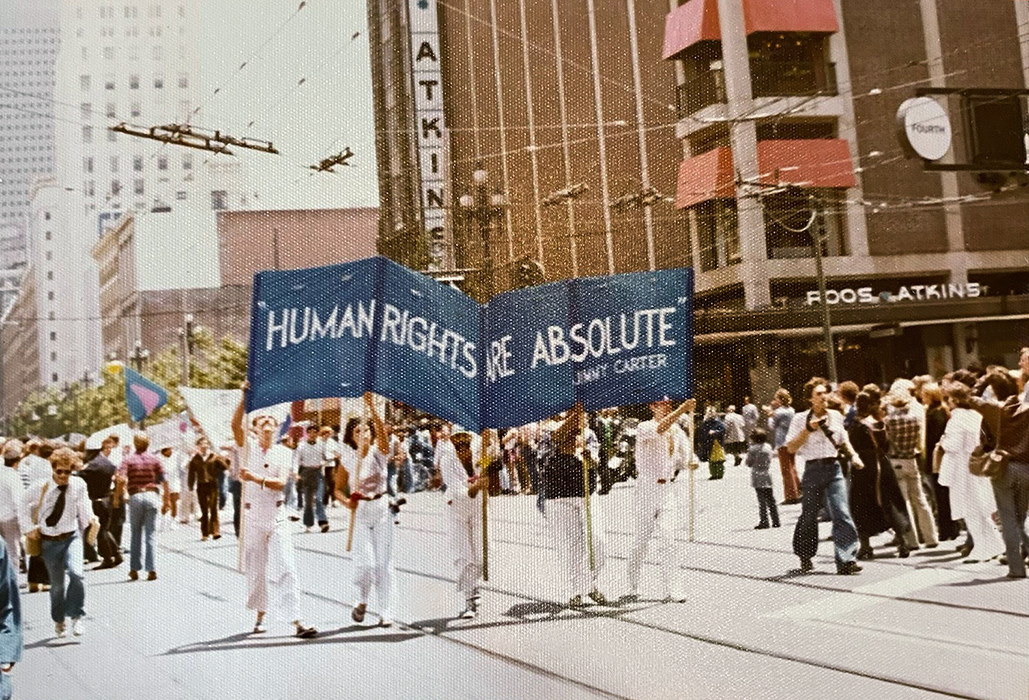
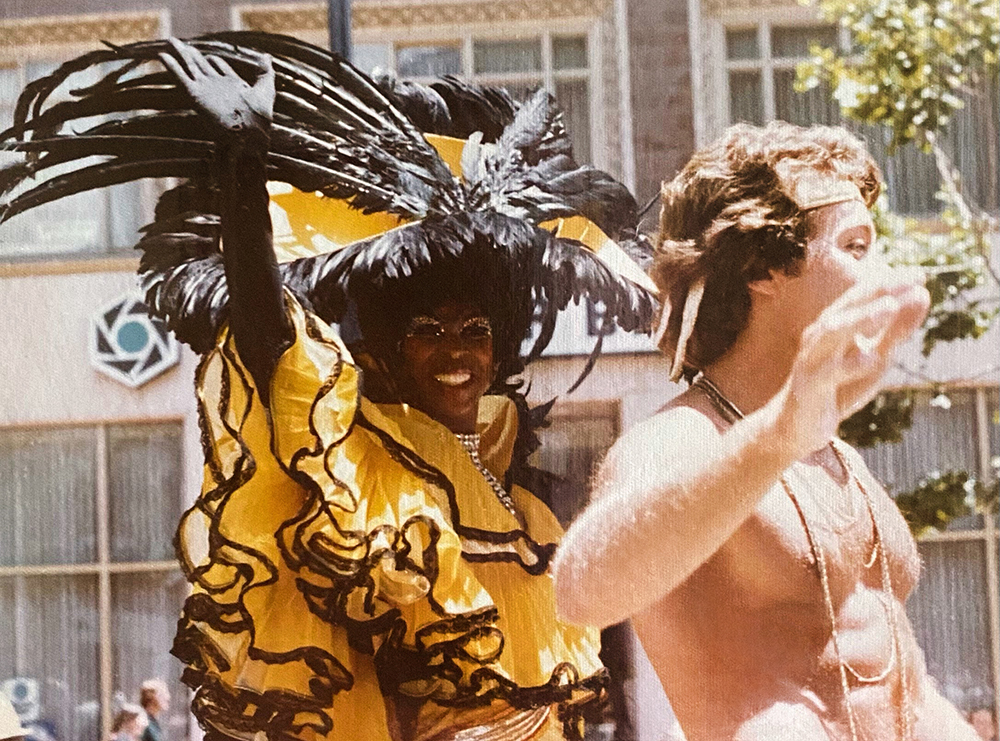
The glee and beauty exposed at the parade!
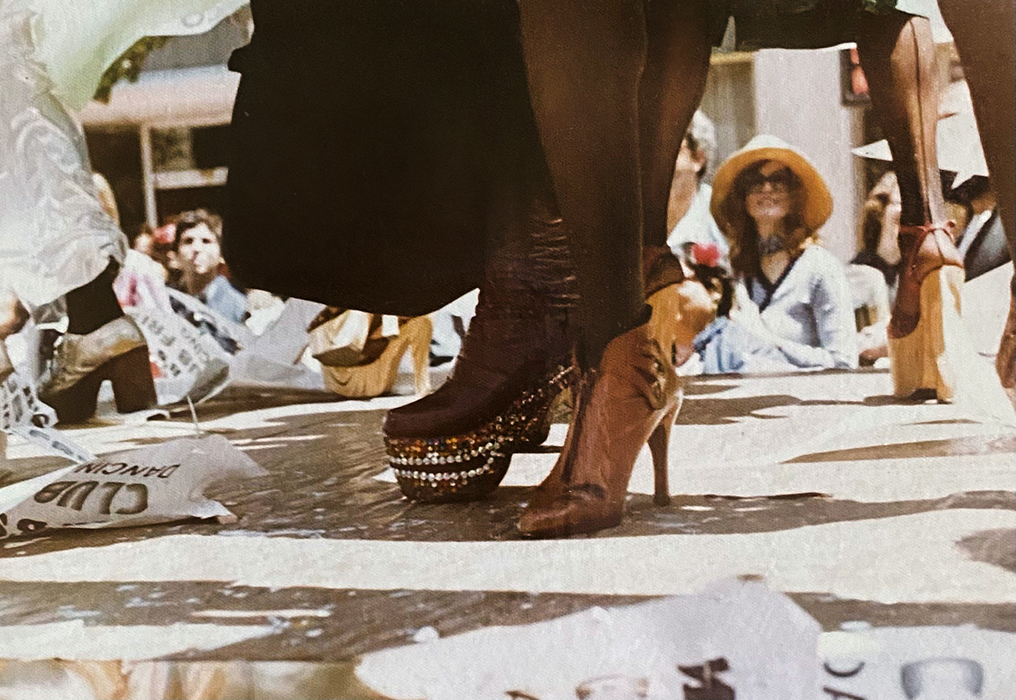
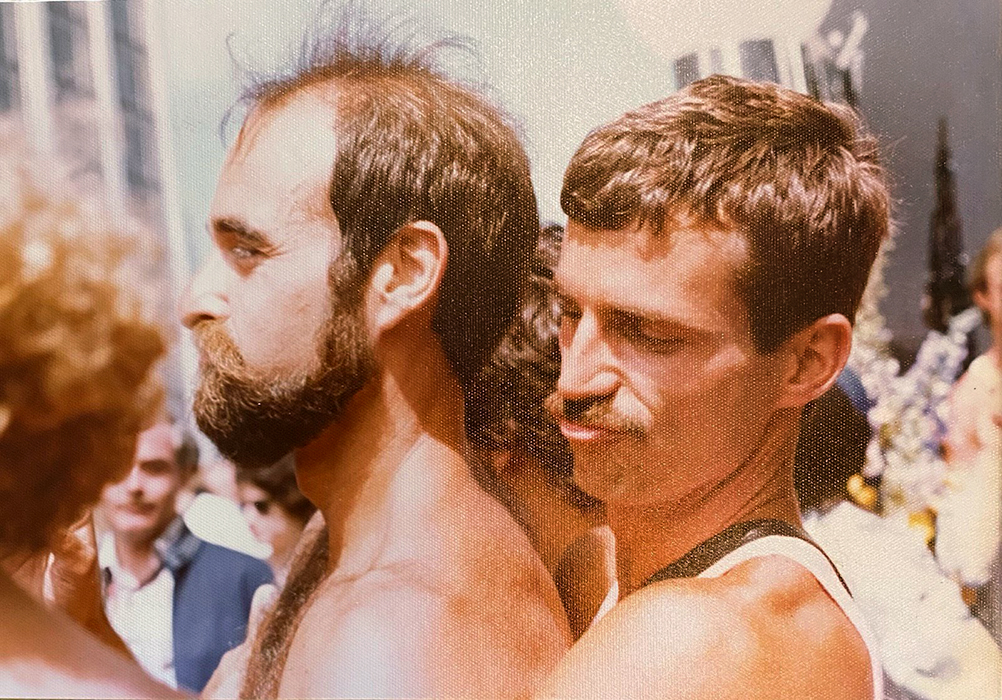
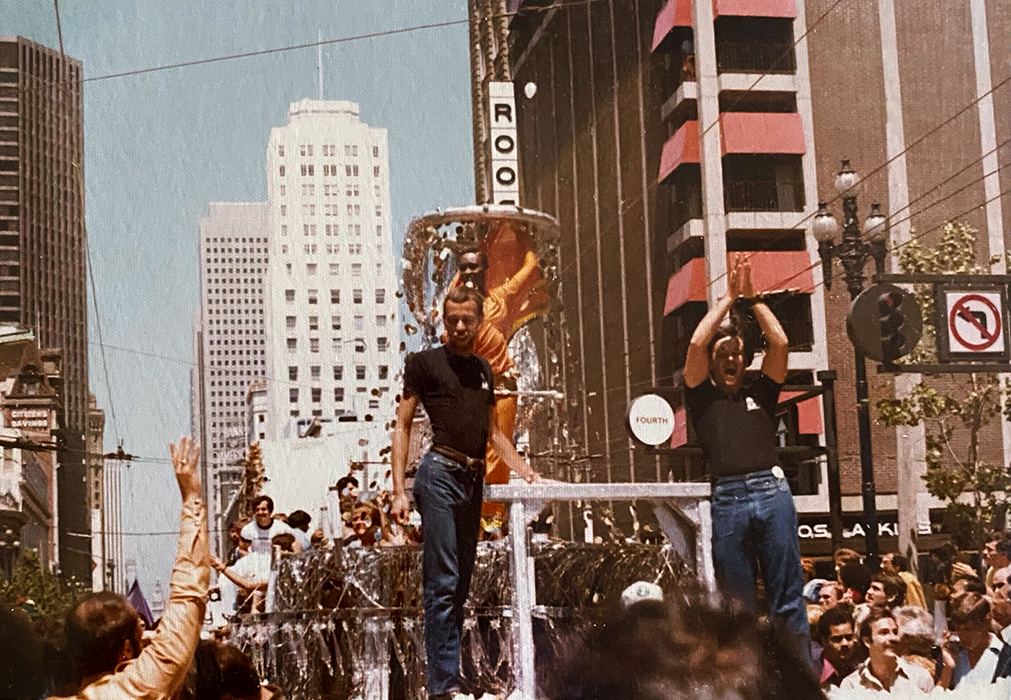
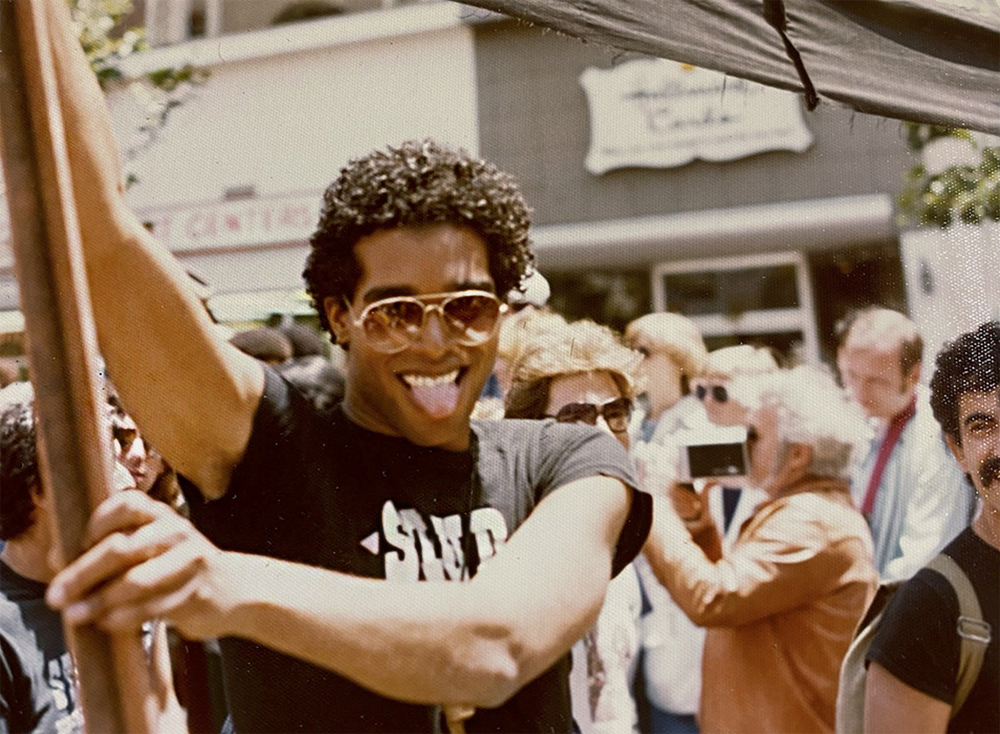
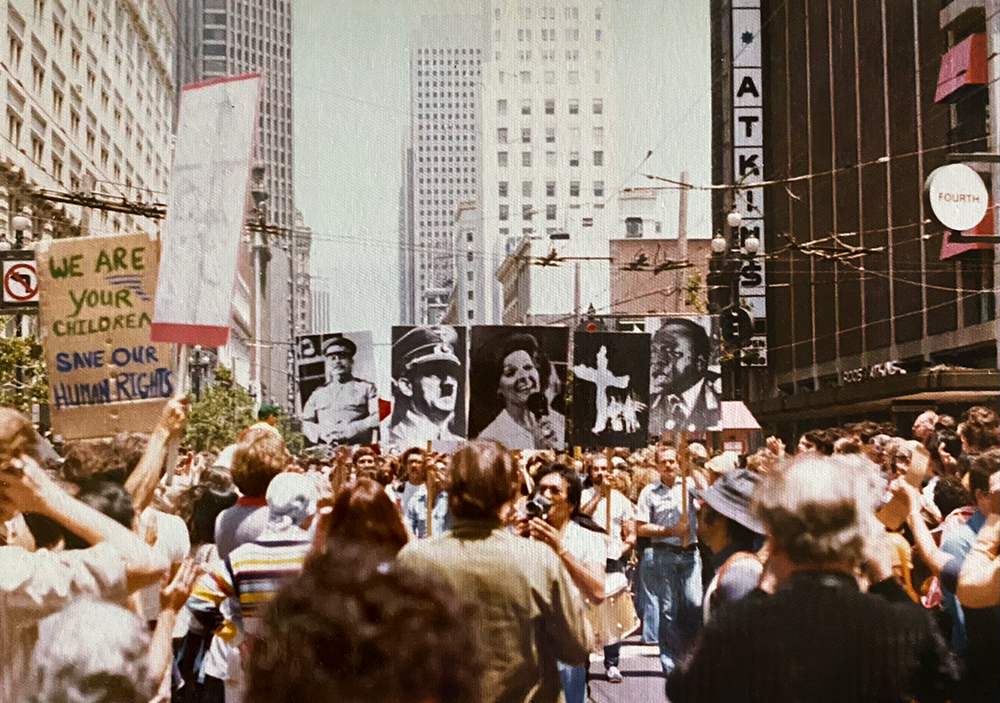
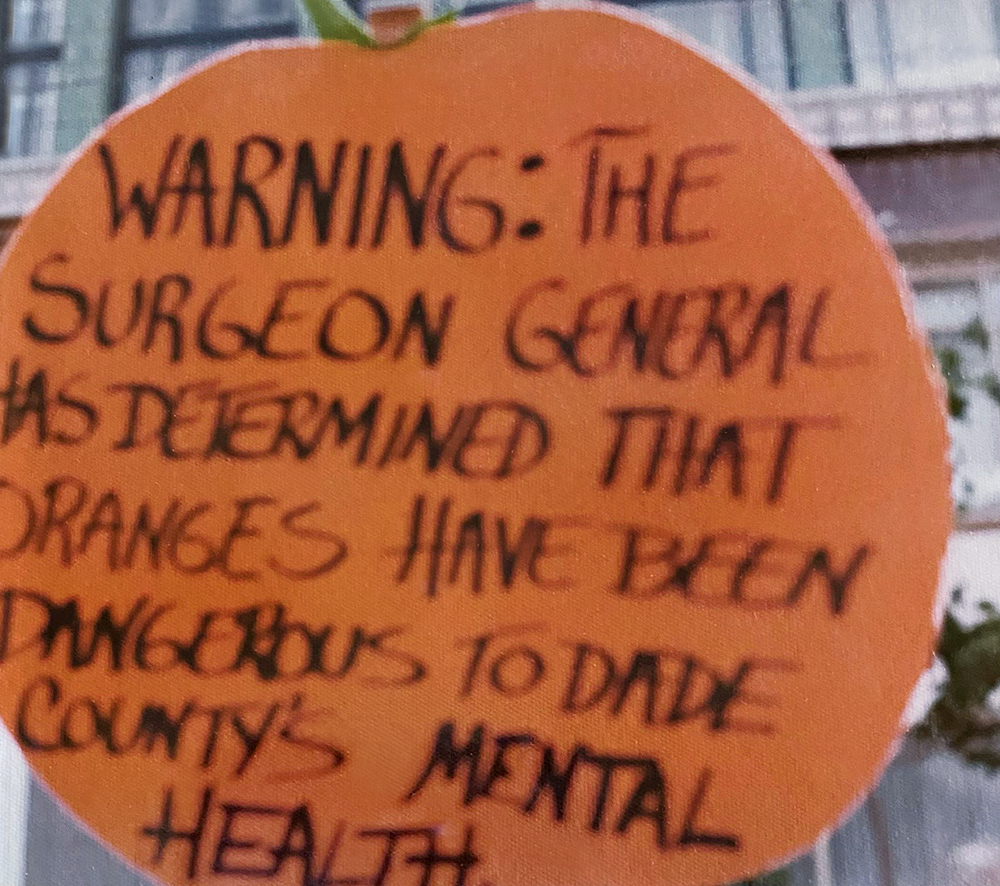
June in San Francisco is one of the most stellar months, weather-wise. The sky could not be any bluer nor the Sun any brighter. With the temps climbing into the mid-70s, it was shirts-off weather for sure. And, that is exactly what happened - with both men and women! Although it took a decade or two for S.F. to reach the Sodom and Gomorrah heights of the Folsom Street Fairs, this parade for its time was pretty "edgy!"
Tommy and I had a leg up on a lot of the parade revelers in that we lived a mere two blocks from Market Street - the parade route. We decided to walk a few blocks downtown where the crowds were really piling up. I climbed atop a (Walk/Don't Walk) traffic signal for my photo perch. I guess I was up about 8' – 10'... a perfect vista. Although I got a lot of choice photos, I did miss out on taking pics of Harvey Milk and Mayor Moscone who both attended. As this was the era of Gay Empowerment both fiscally and politically, it was great to have our heroes with us!
One star that did not escape my lens was Sylvester. At this time he was quite a rising musical talent. Originally, he performed in neighborhood venues. But, that soon morphed into national and international attention! As I mentioned in a former blog about The Castro, Syl and I became friends. He came into the bar where I spun records (The Badlands) to say hello and drop off new releases (that I was delighted to play - on the spot!).
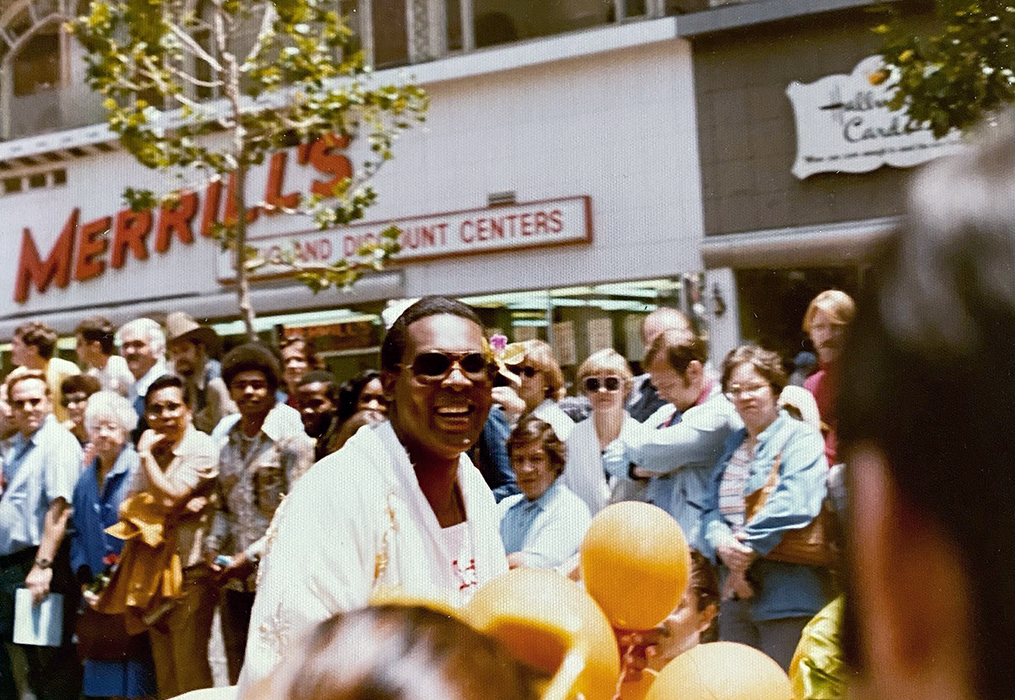
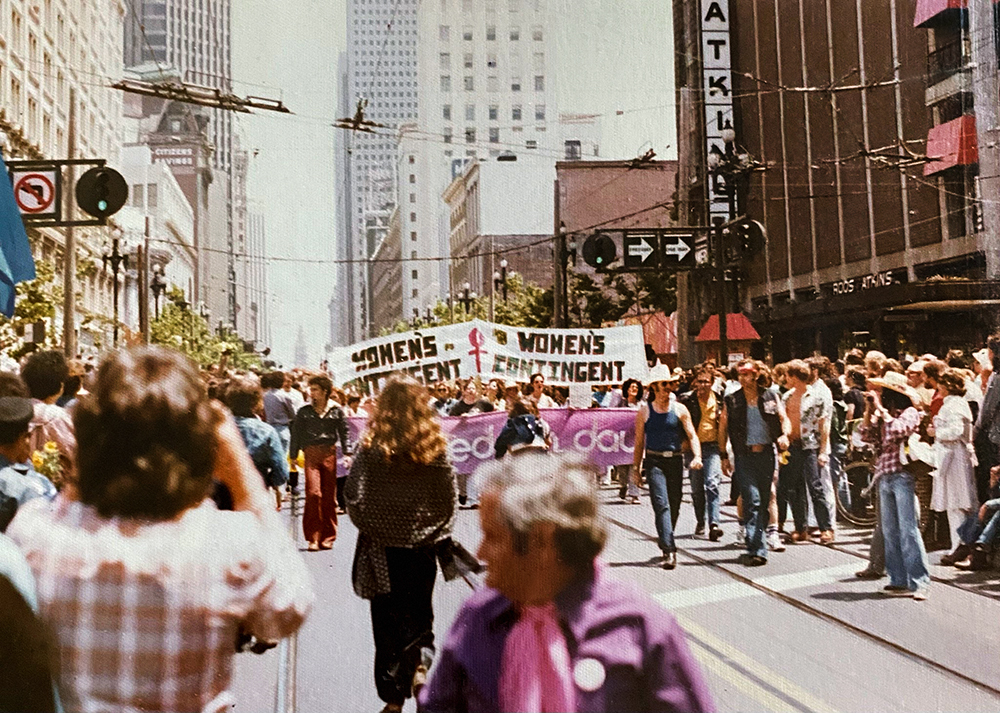
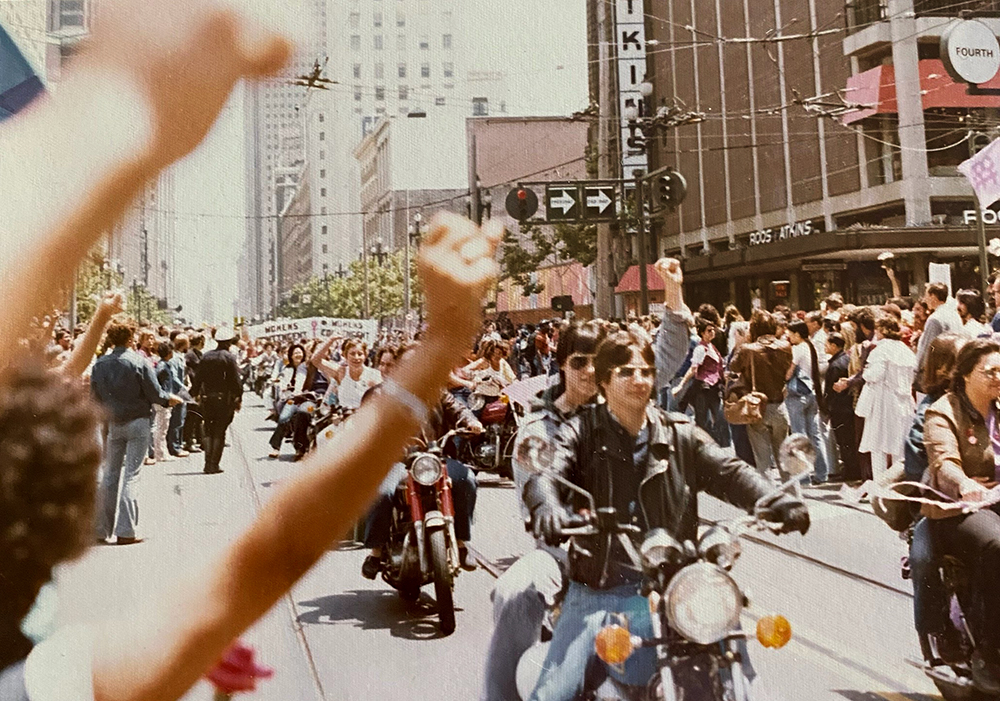
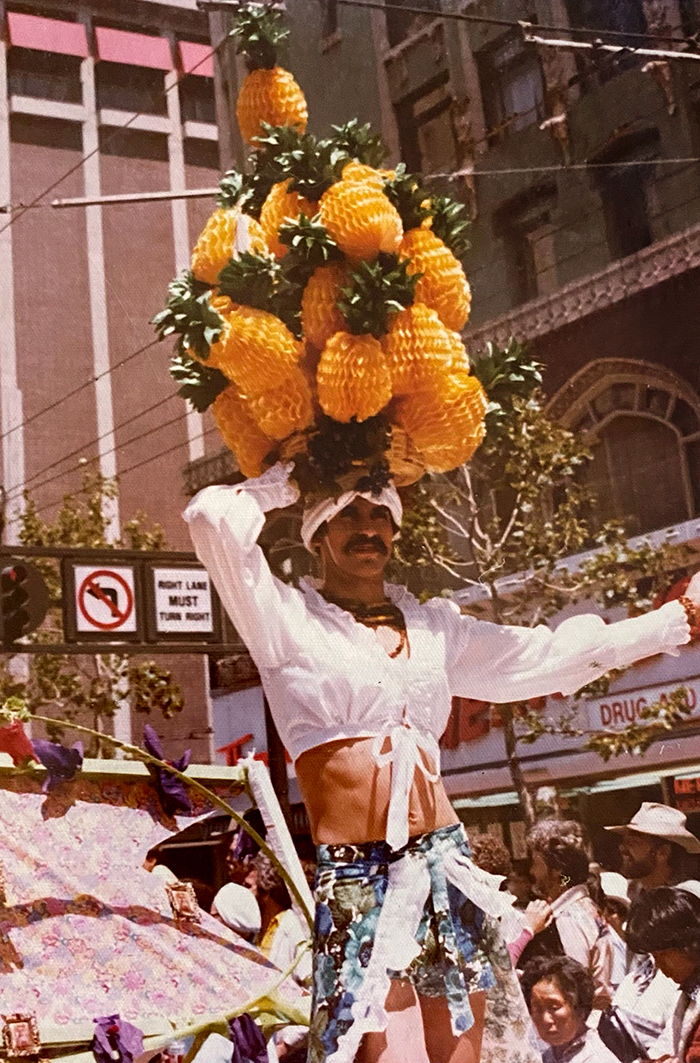
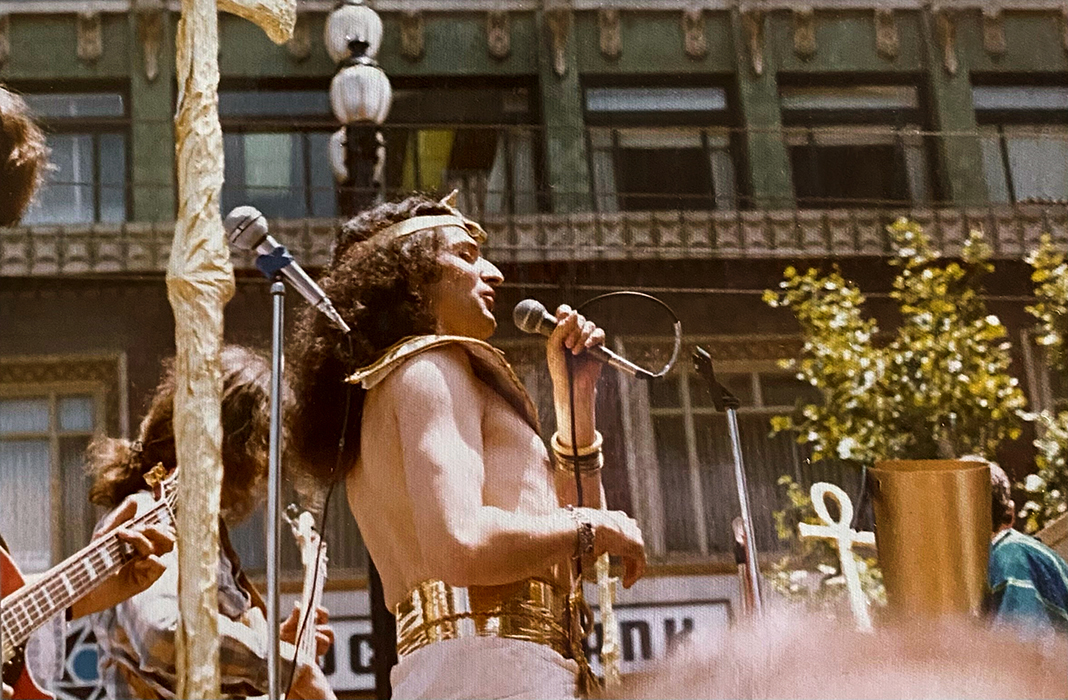
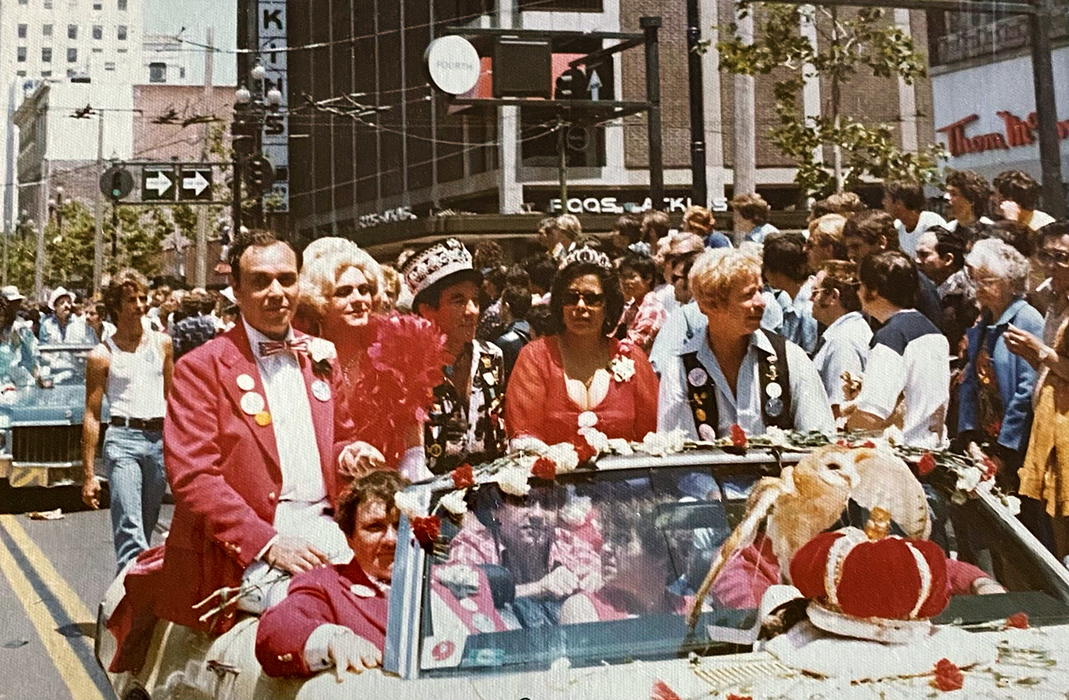
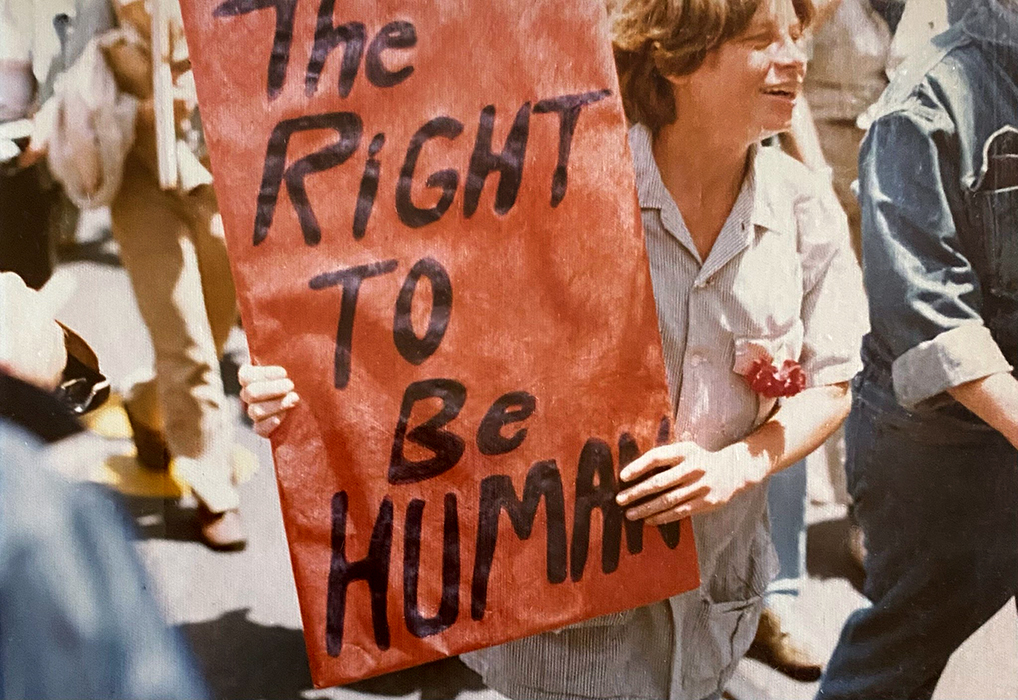
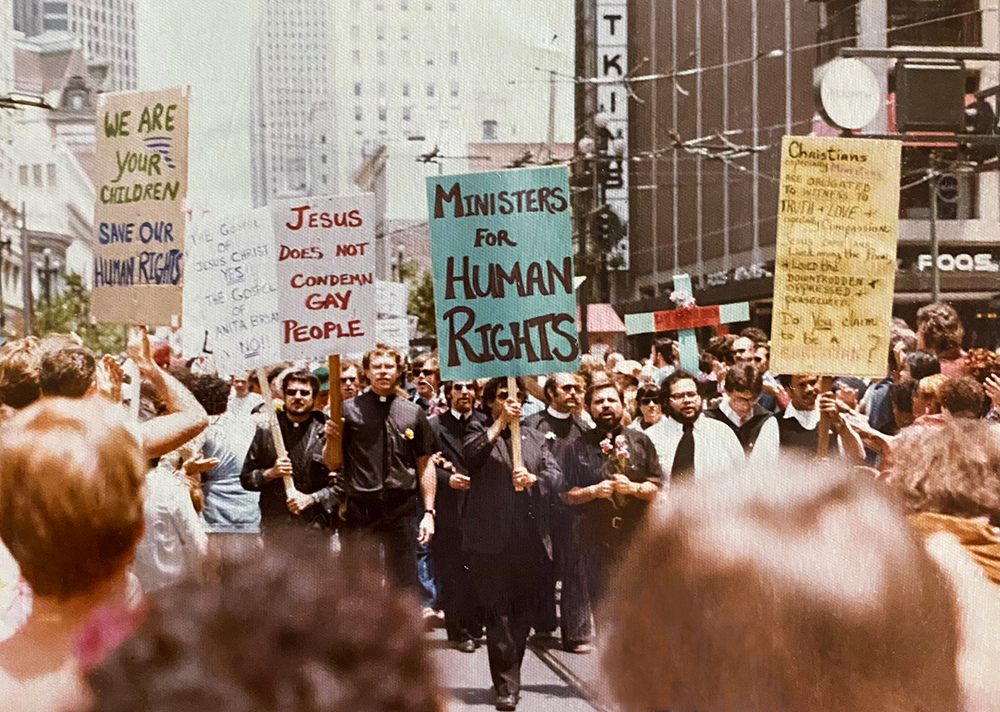
So many wonderful names and faces were in this crowd! Many became life-long friends. The experience was dazzling and it became an annual affair for me. It has been great to recreate this time capsule. I hope you enjoy! Will.
Thank you to Will Seagers for use of his photos.
Bio of Will Seagers:
Will Seagers (also credited as Matt Harper), within his multifaceted careers and participation in numerous gay communities across the country in the '70s and '80s and beyond, worked as a print model, film performer, and DJ, just to name a few. He made iconic appearances in releases from Falcon, Hand in Hand, Joe Gage, Target (Bullet), J. Brian, Steve Scott, and more, including in lead roles in major classics like Gage's L.A. Tool & Die (1979) and Scott's Wanted (1980). He brought strong screen presence and exceptional acting to his roles and was scene partners with many fellow legends of classic porn.
George Ferren, a close friend of Will's frequently mentioned in his blogs, was a major figure in the San Francisco music scene in the '70s/'80s. His current music is available for your pleasure on Soundcloud: BY GEORGE
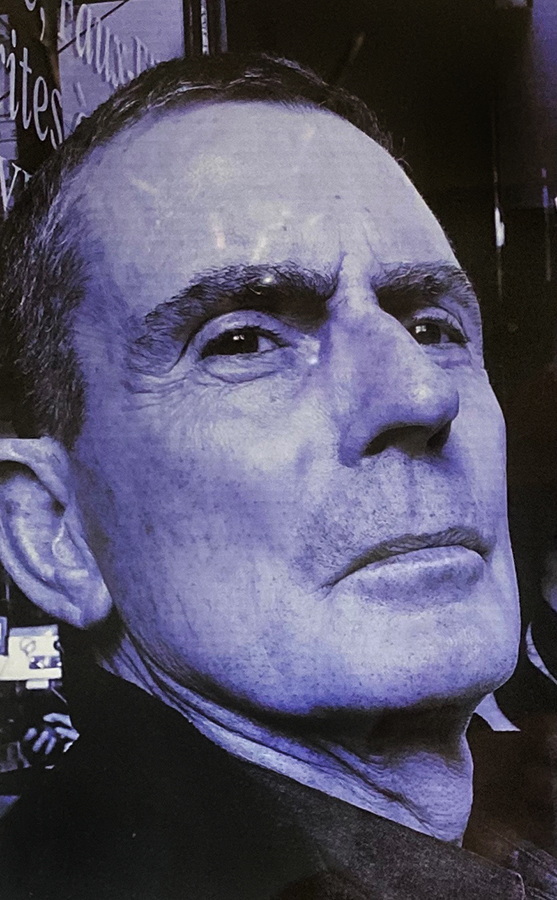
You can read Will Seagers' previous blogs for Bijou here:
Welcome Matt/Will
What's For Dessert?
On and Off the Set of L.A. Tool & Die
Wanted, Weekend Lockup and Weekends in Hermosa Beach
Honeymoon in the Palms
Birds of a Feather
The Stereo Maven of Castro Street
The Pass Around Boy
The Ecstasy and the Agony
Fitness and Fantasy: The Early Gyms
Chasing the Boys and Chasing the Sun: My Story of Sun Worship and Where It Got Me
Becoming Invisible
The Reverse Story of Dorian Gray
Pin Money
One Organ Leads to Another! Part 1
The Wheels of Steel
Feast and Famine: The 1970s to the 1980s
An Alphabet Soup of Powders and Pills
Merry Christmas (and Getting Re-Organized)
Now and Then
DEEP INSIDE THE CASTRO: The Badlands
DEEP INSIDE THE CASTRO: Moby Dick Bar
DEEP INSIDE THE CASTRO: "Just Another Stroll Down the Castro!"
Diving Into SoMa/Folsom: Hamburger Mary's
Diving Into SoMa/Folsom: Long Live the Stud!
Diving Into SoMa/Folsom: Club Life..."Hit me with your Rhythm Stick!”
A "Split Ticket" - SoMa/Folsom and The Haight!
Back to Basics: "Staying Vanilla in a Flavorful Culture!"
A Little Secret



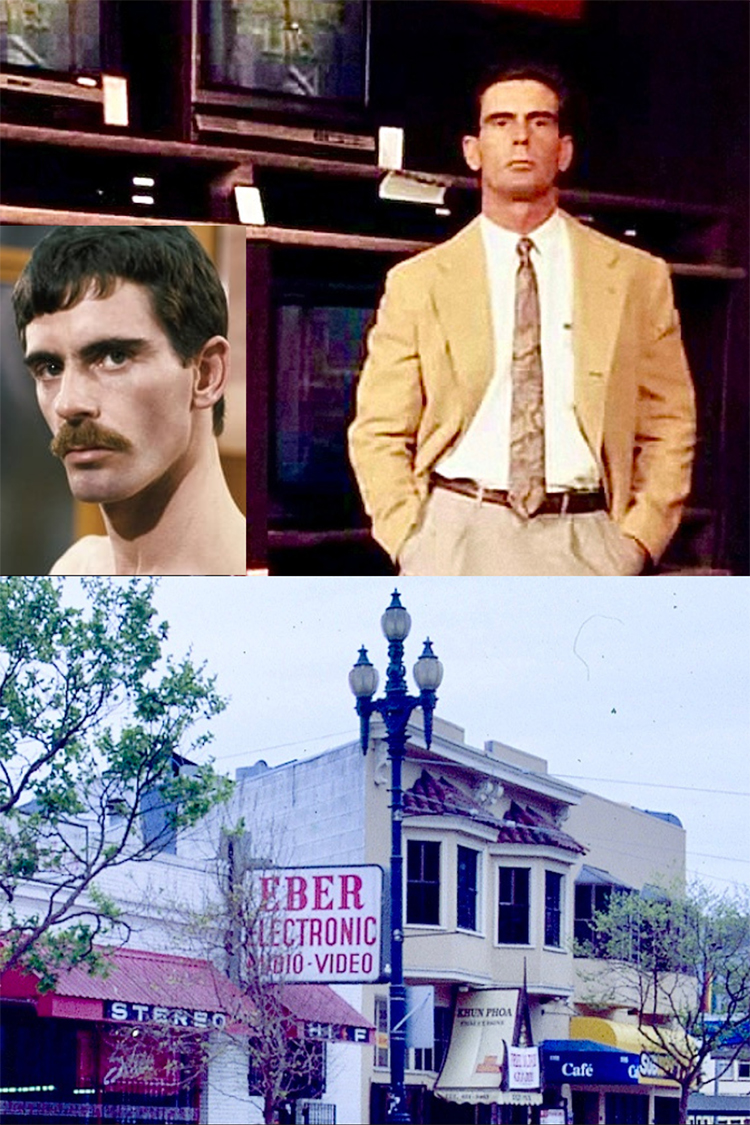
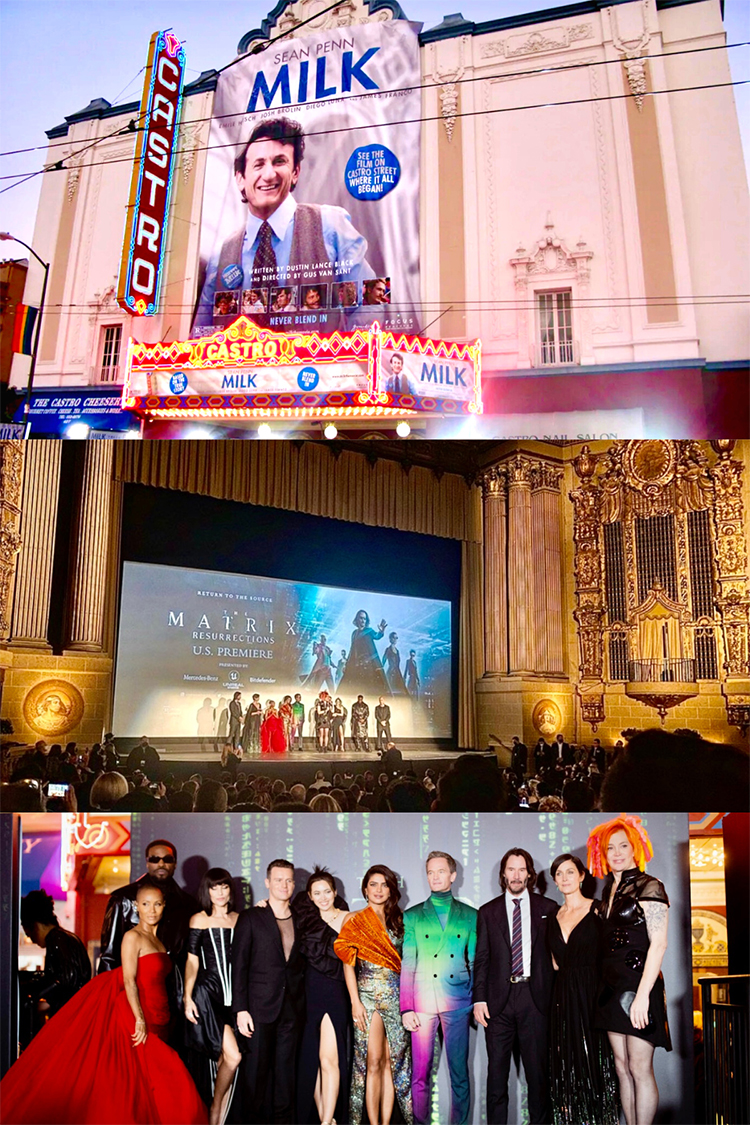
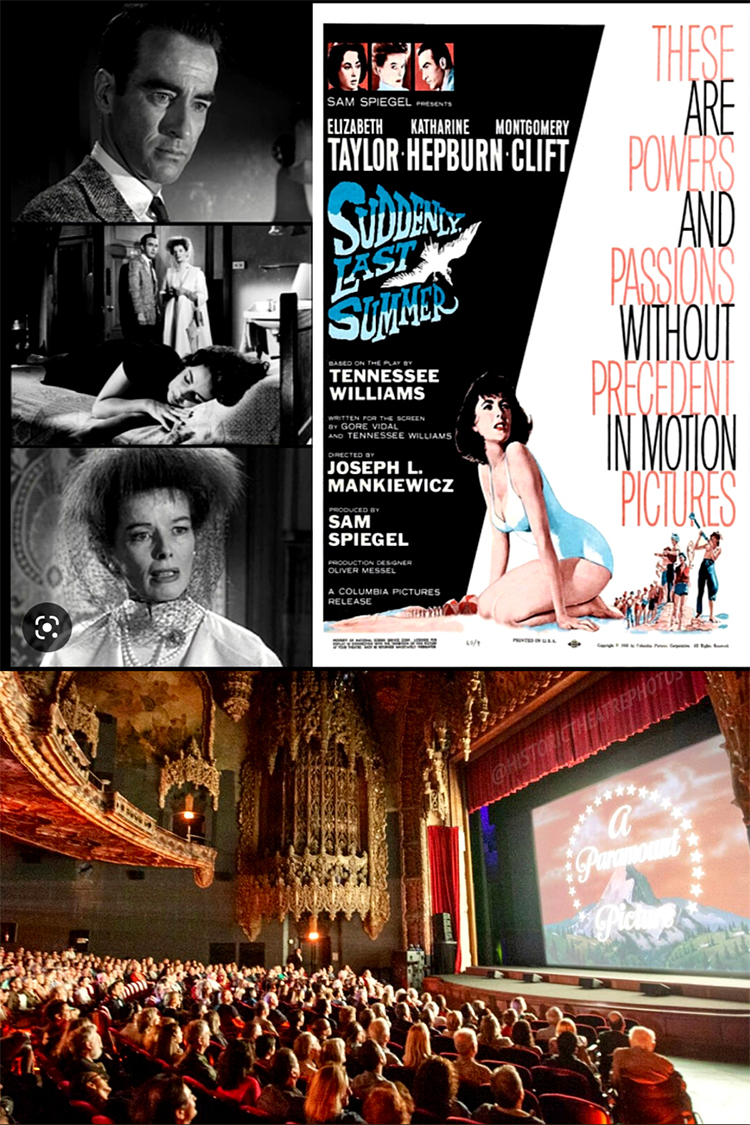
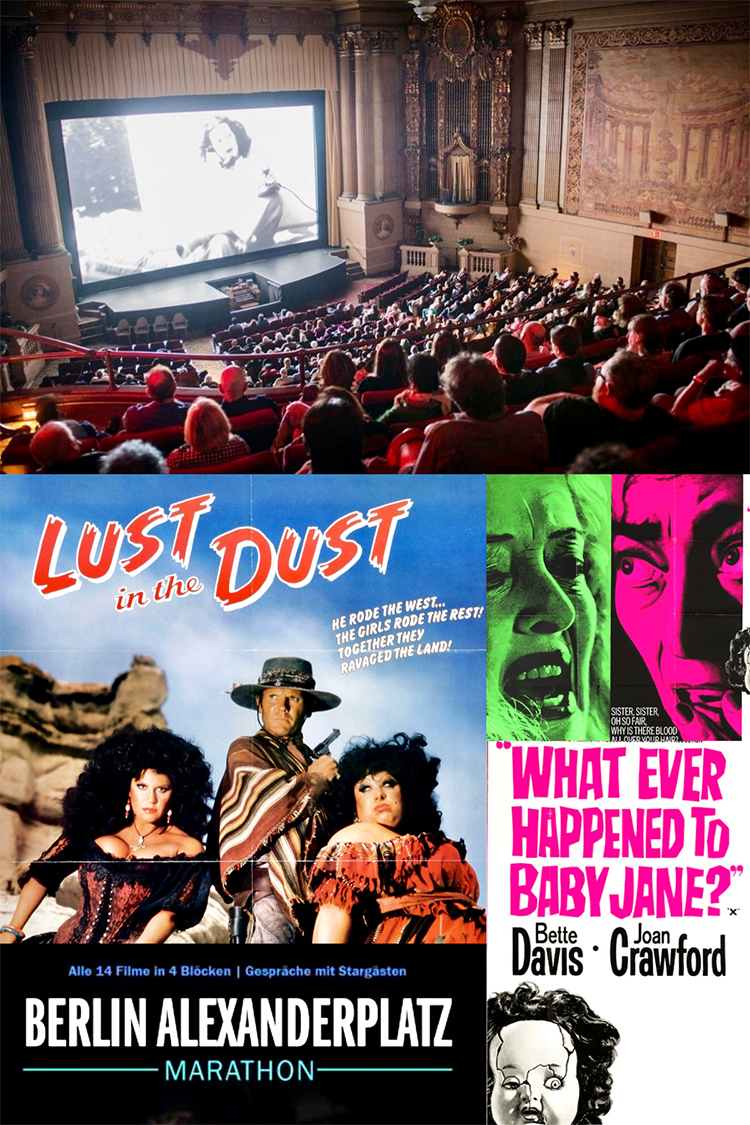
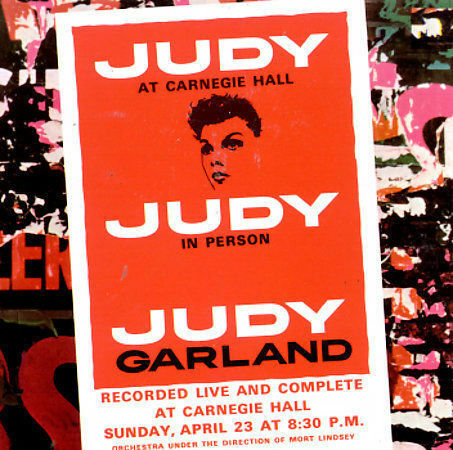
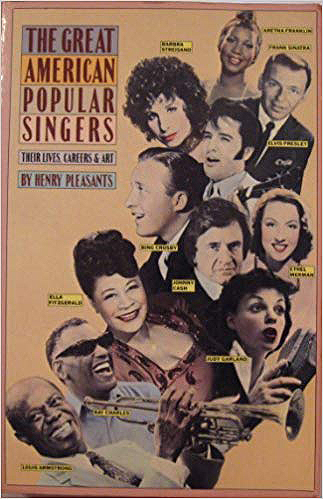
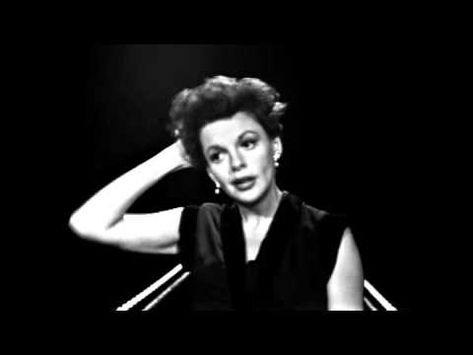
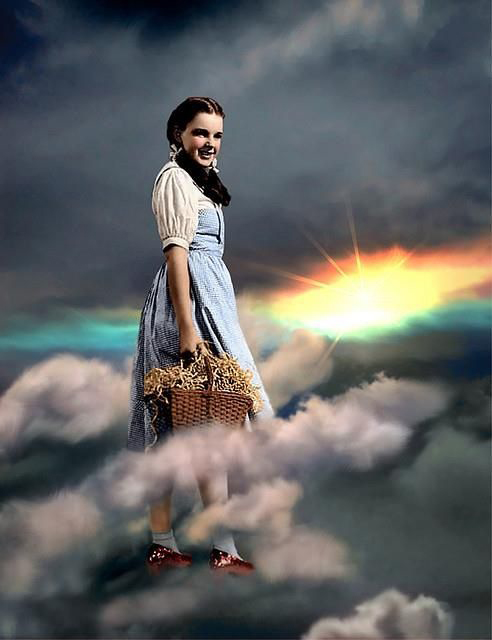
 Join our Email List
Join our Email List Like Us on Facebook
Like Us on Facebook Instagram
Instagram Youtube
Youtube Follow Us on Twitter
Follow Us on Twitter Follow us on Pinterest
Follow us on Pinterest